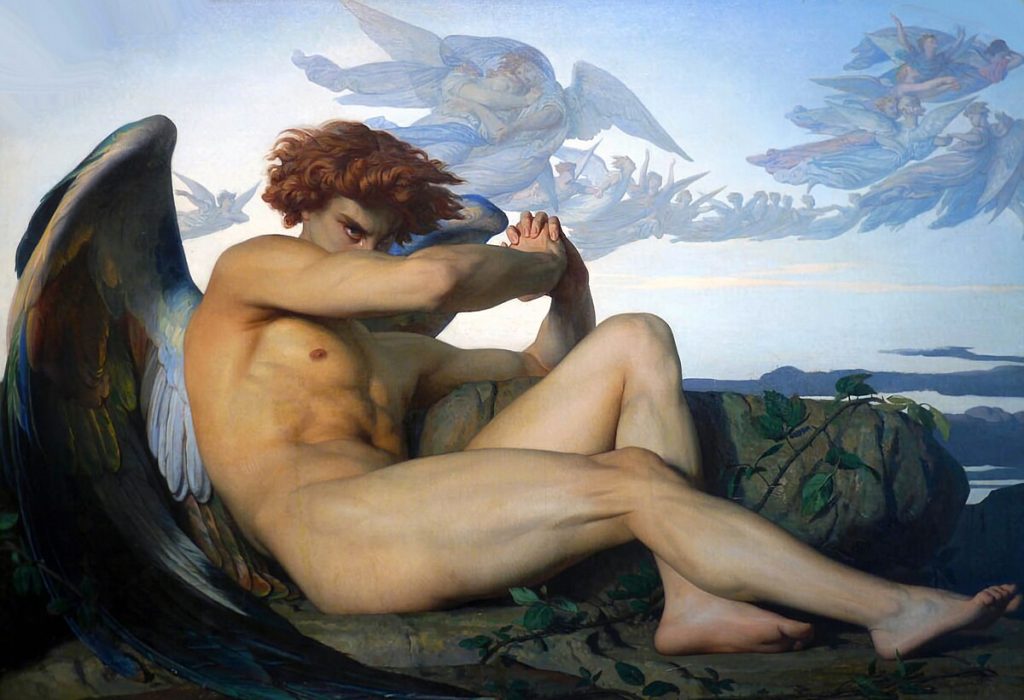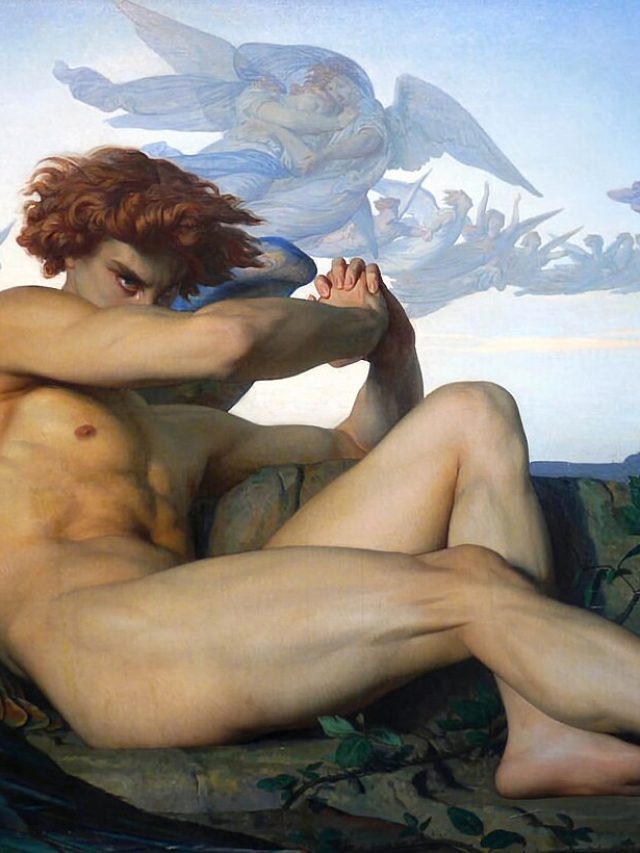Some of the greatest works of art in history have a timeless quality that captivates spectators with their rich meaning and deft craftsmanship. “The Fallen Angel,” painted by the well-known French artist Alexandre Cabanel, is one such famous piece. This article explores the historical background, artistic value, and lasting legacy of Cabanel’s masterwork, delving into its attraction.
The Artist: Alexandre Cabanel
Alexandre Cabanel (1823-1889) was a prominent academic painter of the 19th century, celebrated for his meticulous attention to detail and his ability to imbue his works with a sense of mythological and allegorical richness. Born in Montpellier, France, Cabanel rose to prominence as a leading figure in the French academic art scene, garnering accolades and prestigious commissions throughout his career.
The Masterpiece: “The Fallen Angel”
Among Cabanel’s most famous works, “The Fallen Angel” stands out as a masterpiece that encapsulates the Romantic fascination with mythological themes and the darker aspects of human nature. Completed in 1847, this painting depicts a stunningly beautiful fallen angel, expelled from heaven and cast down to earth as a result of defiance and rebellion.
Symbolism and Composition
“The Fallen Angel” is a demonstration of Cabanel’s technical mastery and his capacity to elicit nuanced feelings through graphic narrative. The struggle between spiritual purity and carnal temptation is personified by the primary figure, who is shown with ethereal beauty and tragic grace. The contrast between light and shadow and Cabanel’s painstaking application of forms and textures heighten the dramatic effect of the picture.
Artistic Influence and Reception
Upon its debut at the Paris Salon of 1847, “The Fallen Angel” garnered widespread acclaim for its evocative portrayal and technical brilliance. Critics praised Cabanel’s ability to capture the nuances of emotion and narrative within a single canvas, establishing him as a leading figure in the academic art movement. The painting’s popularity transcended its initial reception, inspiring generations of artists and captivating audiences with its timeless appeal.
Legacy and Cultural Impact
Beyond its artistic merit, “The Fallen Angel” continues to resonate in contemporary culture, influencing literature, music, and film. Its themes of redemption, temptation, and the human condition have sparked interpretations across various disciplines, solidifying Cabanel’s legacy as a visionary artist whose work transcends mere representation to explore profound philosophical and existential questions.
Conclusion
In conclusion, Alexandre Cabanel’s “The Fallen Angel” remains a cornerstone of 19th-century academic art, celebrated for its technical brilliance, profound symbolism, and enduring cultural impact. Through its depiction of a fallen celestial being, Cabanel invites viewers to contemplate themes of rebellion, beauty, and the complexities of the human soul. As a masterpiece that continues to captivate and inspire, “The Fallen Angel” stands as a testament to Cabanel’s artistic genius and his ability to evoke profound emotion through the power of painting.
Understanding the evolution of Romanticism and academic painting in the 19th century requires an examination of “The Fallen Angel” from the viewpoints of art history, symbolism, and cultural influence. Because of its enduring impact and proof of the ability of art to transcend boundaries and provoke thought, audiences will continue to be enthralled by Alexandre Cabanel’s masterwork for many years to come.






